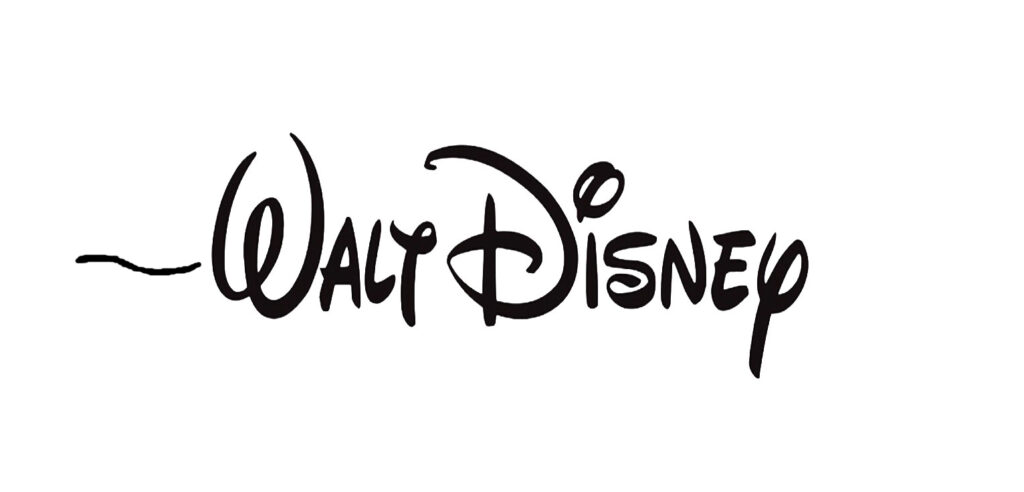Eyes and Ears at the Same Time!
During September, 1938, Disney convened a series of meetings with Stokowski along with Fantasia’s onscreenhost Deems Taylor (1885–1966), supervising directors Joe Grant (1908–2005) and Dick Huemer (1898–1979) and other staff to audition many many 78rpm recordings of classical music in order to select The Concert Feature’s program.
Numerous choices were discarded as talks continued, including Moto Perpetuo by Niccolò Paganini with “shots of dynamos, cogs, pistons, and whirling wheels” to show the production of a collar button. Other rejections were Prelude in G minor and Troika by Sergei Rachmaninoff and a rendition of “The Song of the Flea” by Mussorgsky which was to be sung by Lawrence Tibbett.[1]
The one element common to all its pieces is their orchestration: all were played by a symphony orchestra. (Although Bach’s Toccata and Fugue in d minor was composed originally for solo organ, it introduces the movie in Stokowski’s own orchestration, an elaboration of Bach frequently indulged by composers especially in the early 1900’s. Schubert’s Ave Maria, also orchestrated by Stokowski, is played by the orchestra’s string section alone.)
Oddly enough, Walt Disney was no fan of classical music:
“I never liked the stuff,” he admitted to a reporter from the New York World-Telegram about classical music. “Honest, I just couldn’t listen to it. But I can listen to it now.”[2]
Apparently his association with Stokowski brought him around, especially because the music – as Walt put it – “made pictures in my head.” And in everybody else’s as well. As music and film reviewer for The New Republic Otis Ferguson put it,
“…the only excuse I have ever seen for having eyes and ears at the same time.”[3]
The style of the film might be described as Art Nouveau transitioning to Deco on the verge of Modernism with intimations of Abstractionism and Surrealism and a healthy dollop of Realism. In other words, thoroughly eclectic. Deco predominates though: simple clean lines and stylized representations of shapes with symmetrical geometric decoration. This is apparent in the film’s title card which does not appear until the intermission! It is evident also in the crystalizing plumes of color at the end of Toccata and Fugue, in the design of the pinnacle from which Mickey conducts the heavens, in the rendering of Mount Olympus and its environs and even of the gods, themselves. Deco manifests also in the ballet’s set design during the Dance of the Hours as well as in the topography of Bald Mountain and the forest through which pilgrims process during the film’s finale — particularly the rock formation at the water’s edge and the steep bridge.

[1] disney.fandom.com/wiki/Fantasia
[2] Culhane, John: Walt Disney’s Fantasia, Harry N. Abrams, Inc., New York, 1983, p.29.
[3] Culhane, John: op. cit., p. 43.

Лучший автосервис в Москве, где работают настоящие мастера.
Автосервисы в москве и области Автосервисы в москве и области .
Как сэкономить на стоматологических услугах в Минске?, покажем.
Стоматолог стоимость total-implant.ru .
Как сэкономить на стоматологических услугах в Минске?, покажем.
Стоматология цены total-implant.ru .
Экономьте деньги с покупкой сервера HP
купить серверы hp https://www.kupit-server-hp.ru .